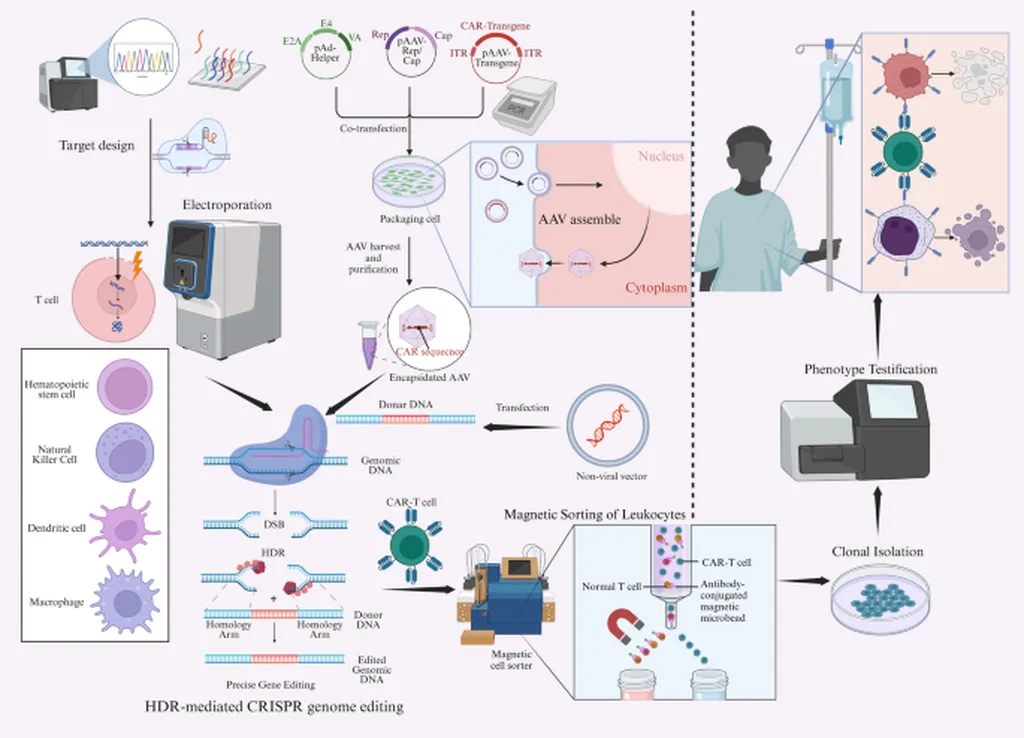In the ever-evolving landscape of agricultural biotechnology, a new review published in the Horticultural Plant Journal, which translates to the “Garden Plant Journal,” offers a nuanced comparison between two groundbreaking techniques: CRISPR/Cas9 genome editing and traditional genetically modified (GM) technologies. Led by Mohd Fadhli Hamdan from the Centre for Research in Biotechnology for Agriculture at Universiti Malaya, this study delves into the distinct characteristics and public perceptions of these methods, providing valuable insights for the agricultural and energy sectors.
The review highlights the contrasting public resistance faced by these technologies. While GM technologies have been met with skepticism since the 1990s due to perceived environmental and health concerns, the relatively new CRISPR/Cas9 system has garnered less public resistance. “The reasons for these contrasting findings are multifaceted and rooted in the distinct characteristics inherent to each approach,” explains Hamdan.
The study conducts a bibliographic analysis to examine the shift in research priorities between the two technological eras. It reveals that CRISPR/Cas9’s precision and targeted approach have made it a favored tool among researchers. Unlike traditional GM methods, which involve inserting foreign DNA into an organism’s genome, CRISPR/Cas9 allows for precise editing of an organism’s own DNA, mimicking natural processes more closely.
This distinction is crucial for the agricultural sector, where crop improvement and food security are paramount. The precision of CRISPR/Cas9 can lead to more efficient and targeted crop enhancements, potentially reducing the time and resources required for traditional breeding methods. For the energy sector, this technology could pave the way for more efficient biofuel production by enhancing the properties of energy crops.
The review also emphasizes the potential synergies between agricultural biotechnology and conventional techniques. “A nuanced understanding of these technologies is crucial for informed decision-making and responsible implementation,” Hamdan notes. By leveraging the strengths of both approaches, researchers can develop more robust and sustainable agricultural practices.
The study’s findings have significant implications for the future of agriculture and energy production. As the world grapples with climate change and food security challenges, the precise and targeted approach of CRISPR/Cas9 could offer solutions that are both effective and socially acceptable. The review calls for continued research and open dialogue to address the concerns surrounding agricultural biotechnology and harness its full potential.
In conclusion, this comparative analysis of CRISPR/Cas9 and GM technologies provides a comprehensive overview of the current landscape of agricultural biotechnology. By understanding the distinct characteristics and public perceptions of these methods, researchers and policymakers can make informed decisions that drive innovation and sustainability in the agricultural and energy sectors. As Hamdan and his colleagues continue to explore these technologies, the future of agriculture looks increasingly promising.

